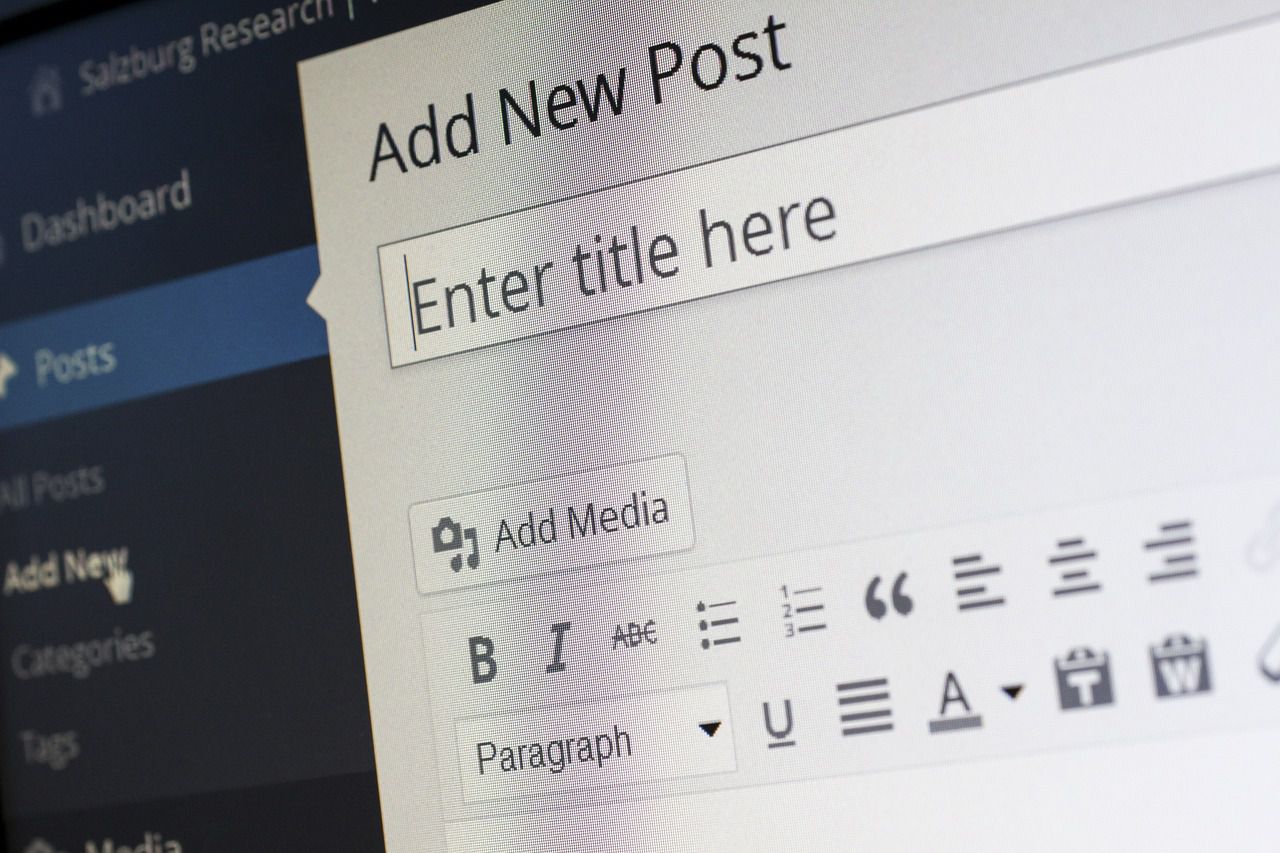
Maximize WordPress SEO: Theme, Keywords, Speed & Rankings!
In today’s competitive digital landscape, simply having a WordPress website is not enough. To stand out and attract visitors, you need to optimize your site for SEO. In this guide, we’ll explore actionable strategies and tips that will improve your site’s visibility on search engines, drive traffic, and enhance user experience.
Introduction: Why SEO Optimization Matters for WordPress
Did you know that 75% of users never scroll past the first page of search results? This makes it crucial for your WordPress site to appear on that coveted first page. Optimizing your site for search engines not only increases traffic but also enhances your brand’s credibility. Whether you're a blogger, small business owner, or e-commerce entrepreneur, SEO plays a vital role in your online success.
So, how can you ensure your WordPress site is fully optimized for SEO? Let’s dive in.
1. Choose the Right SEO-Friendly WordPress Theme
Your theme is more than just a visual design; it impacts your site’s load speed and performance, both of which affect SEO. Here’s what to consider when choosing an SEO-friendly theme:
- Responsive design: Mobile-friendliness is a Google ranking factor.
- Fast load times: Themes that are lightweight improve user experience and reduce bounce rates.
- Schema markup support: Helps search engines understand your content better.
The good news is that most premium themes today are optimized for SEO, but always check user reviews and demo speeds.
2. Install an SEO Plugin
WordPress has a variety of powerful plugins designed specifically for SEO. The most popular include:
- Yoast SEO – Offers comprehensive on-page optimization, including keyword focus, meta descriptions, and readability.
- Rank Math – A newer alternative, it’s feature-rich and user-friendly.
- All in One SEO Pack – Great for beginners looking for a simple solution.
These plugins guide you through SEO best practices, ensuring your site is properly optimized for search engines without needing deep technical knowledge.
3. Optimize Your Permalinks for SEO
Permalinks (URLs) are one of the first things search engines and users see when they land on your site. Here’s how to optimize them:
- Short and descriptive: Avoid using generic strings or numbers.
- Include target keywords: Make sure your URL is relevant to the page's content.
- Use hyphens: Separate words with hyphens to improve readability for both users and search engines.
For example, instead of a permalink like www.yoursite.com/?p=123, use www.yoursite.com/seo-tips-wordpress.
4. Conduct Keyword Research and Optimize Content
One of the cornerstones of SEO is keyword research. Find keywords your audience is searching for using tools like Google Keyword Planner, Ahrefs, or SEMrush. Here’s how to use them effectively:
- Focus on long-tail keywords: These are more specific and less competitive, making it easier to rank.
- Use keywords naturally: Include your target keyword in the title, URL, meta description, and within the first 100 words of your content.
- Create high-quality, informative content: Write content that provides real value to your readers. Google prioritizes content that is engaging, relevant, and user-focused.
According to HubSpot, long-form content (2000+ words) tends to perform better in search rankings.
5. Improve Site Speed for Better SEO Performance
Site speed is crucial for both SEO and user experience. Google reports that if a site takes longer than 3 seconds to load, 53% of visitors will abandon it. Here’s how you can speed up your WordPress site:
- Optimize images: Compress your images before uploading. Plugins like Smush or ShortPixel can help automate this.
- Use a caching plugin: Plugins such as W3 Total Cache or WP Rocket reduce the load on your server and improve page speed.
- Minify CSS, JavaScript, and HTML: Reducing the size of your files can drastically improve load times.
6. Mobile Optimization is Essential
With over 60% of internet traffic coming from mobile devices, Google’s mobile-first indexing means your site must be mobile-friendly to rank well. To check if your site is optimized for mobile, use Google’s Mobile-Friendly Test. Here’s how to ensure your site passes:
- Responsive design: Ensure your site adjusts for all screen sizes.
- Readable text: Avoid small fonts that are hard to read on smaller screens.
- Fast load times on mobile: Ensure your site loads quickly on smartphones and tablets, just as it does on desktop.
7. Optimize Your Images and Videos
Optimizing media on your WordPress site can significantly impact SEO:
- Add descriptive alt text to images: Use keywords in alt tags to help search engines understand what your image is about.
- Use proper image file names: Instead of using generic file names like IMG1234.jpg, rename it to something descriptive like best-seo-tips-wordpress.jpg.
- Lazy load images: This technique ensures that images are only loaded when they appear in the viewport, improving page load speeds.
8. Internal Linking: Boost Your SEO with Strategic Links
Internal linking refers to the practice of linking to other pages within your website. It helps search engines understand the structure of your site and establishes a hierarchy of importance for different pages. When adding internal links:
- Link to important pages: Your homepage and high-value content should get the most internal links.
- Use descriptive anchor text: Instead of using "click here," use text that describes the linked page, such as "learn more about SEO tips."
9. Use Clean and Optimized Code
While WordPress takes care of a lot of coding, ensuring your site uses clean and optimized code will help search engines crawl and index your pages faster. If you're using plugins, be sure they are updated regularly to avoid slow load times caused by bloated code.
Conclusion: Start Optimizing Your WordPress Site Today!
Optimizing your WordPress site for SEO is not a one-time task. It’s a continuous process that involves improving your content, updating your plugins, analyzing site performance, and staying on top of the latest SEO trends. With the tips and strategies outlined here, you can give your website the boost it needs to rank higher on search engine results pages and drive organic traffic.
Remember, SEO success doesn’t happen overnight, but by applying these best practices, you’re setting yourself up for long-term growth.
Professional SEO reports and tools
Identify technical SEO issues and take action to improve the health and performance of your website. Leverage advanced AI tools for SEO to gain deeper insights, and optimize your online presence more effectively.
Related posts

Boost Your Snippets with Structured Data for Maximum Impact!
Enhance your website's visibility and drive more traffic with structured data! Boost your snippets f...
1 year ago

Maximize Online Sales: Top Category Page SEO Tactics
Boost your online sales with these top category page SEO tactics! Maximize visibility and drive more...
1 year ago

Optimizing Content: SEO Keyword Research Strategies
Discover effective SEO keyword research techniques to enhance your content and increase your website...
1 year ago